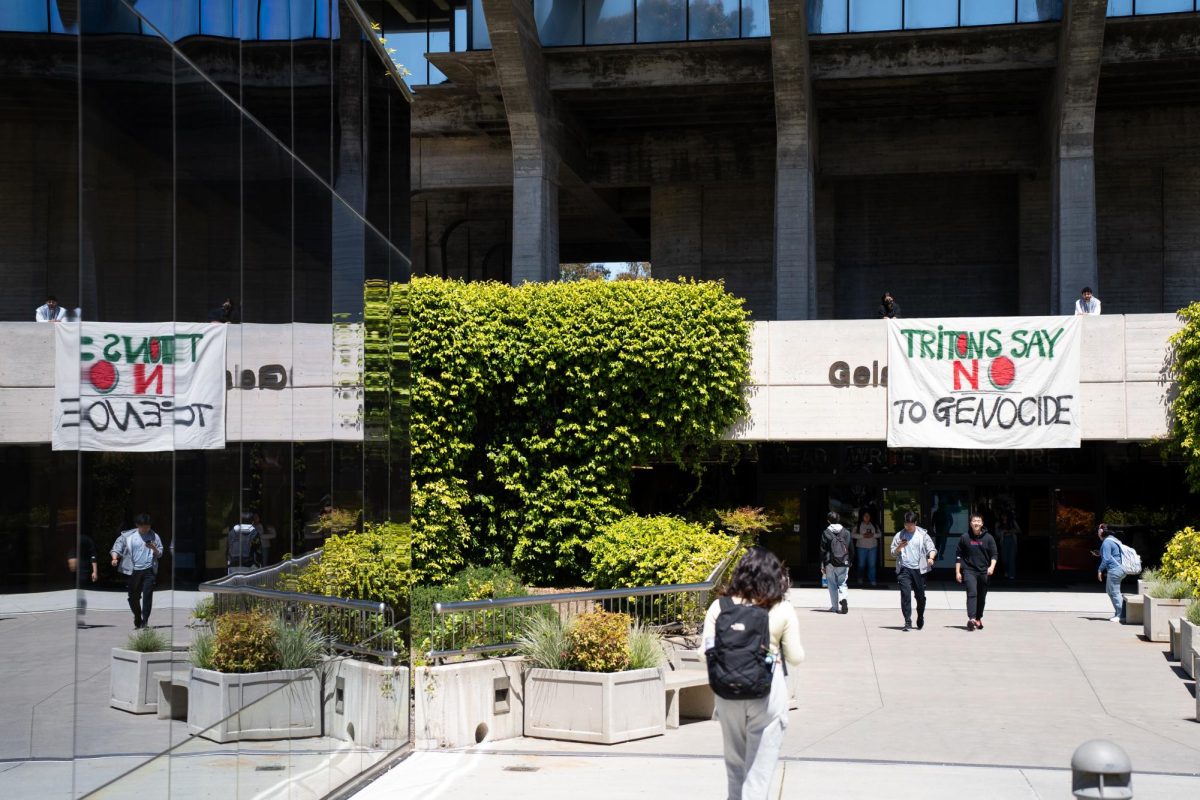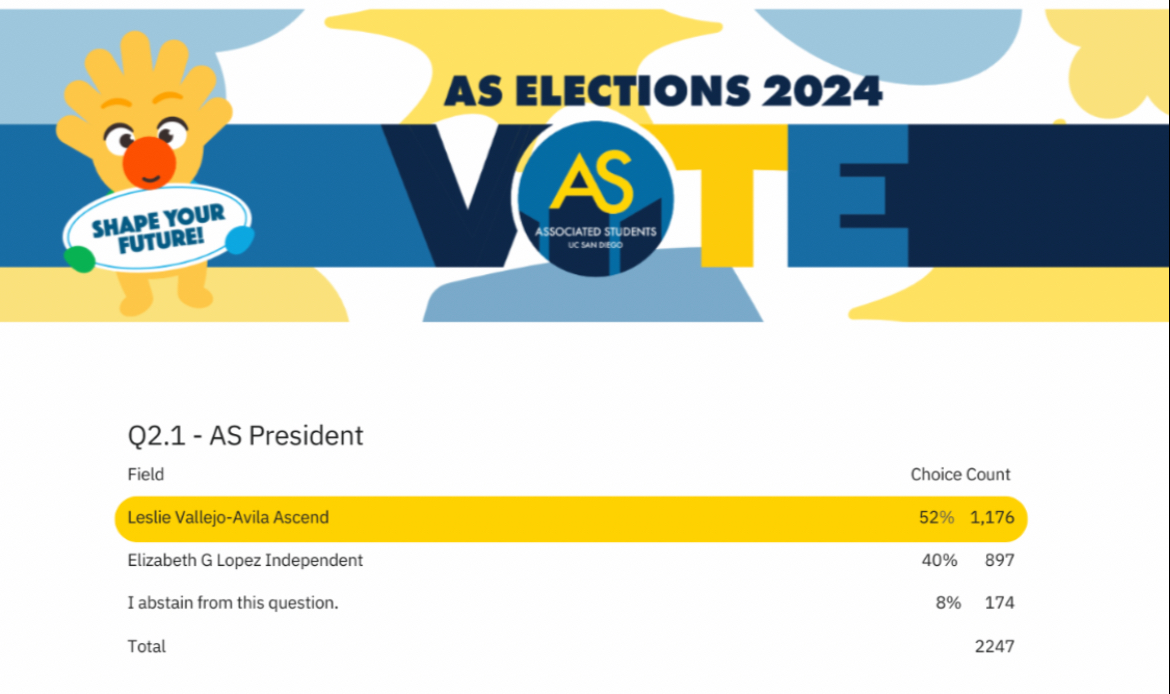Several hundred scientists and engineers convened for the second U.S. Trillion Sensors Summit on Nov. 12 and Nov. 13, hosted at the Estancia La Jolla Hotel & Spa. Over 30 speakers gave presentations at the convention, with topics ranging from sensor applications in medicine, security, sports and communications.
The TSensor Summits were the brainchild of Dr. Janusz Bryzek and dean of the UCSD Jacobs School of Engineering Albert Pisano. They, along with other organizers, had been working on a possible forum for groundbreaking microelectromechanical technologies since 2010. This latest TSensor Summit primarily focused on ideas for health care research and industry.
Pisano believes that sensors have the potential to revolutionize the way our world works, with widespread and surprising uses in countless disciplines. He also felt that San Diego was the perfect location to develop these new sensors.
“When we started organizing this conference, we really didn’t know what hot idea would emerge,” Pisano said in a Nov. 9 U-T San Diego article. “But as the topics coalesced, there emerged a wonderful theme of ‘the lab in a test tube’ transitioning to ‘the lab on your body’ and finally morphing into the concept of ‘the lab in your body.’”
The event was organized into nine sessions, each with its own theme and chair. Five keynote speakers were interspersed among the other presentations. They were Dr. Flavio Bonomi, CEO of IoxWorks, Inc; Maciej Kranz, vice president of Corporate Technology Group at Cisco Systems; UC Berkeley professor Kris Pister; Rob Chandhok, senior vice president at Qualcomm Technologies; and UCSD nanoengineering professor Joseph Wang, who opened the Summit talks.
Wang, who is among a multitude of researchers at UCSD working on wearable sensor concepts, unveiled temporary tattoos with electrochemical monitors that are capable of measuring a variety of body conditions, according to the Jacobs School of Engineering.
“The skin is an important sensory function,” Wang said in a Nov. 13 Electronic Engineering Times article. “The skin is not only our own body, but it could be the body of any host like a building, a tree or a moving car.”
The Summit concluded on Friday, Nov. 14 with several technical lab tours that showcased the various projects currently being created at the UCSD Center for Wearable Sensors.
TSensor Summit San Diego is only the second Summit held in the U.S., with the previous conferences located in cities like Munich, Germany and Stanford, California. The next TSensor Summit will take place in Tokyo, Japan on Dec. 8 to Dec. 9.
The organizers’ long-term aspiration is for scientists to install at least one trillion sensors worldwide, adding to the millions of existing sensors, within a single generation.
In turn, the new technology will achieve “Abundance,” an Earth with clean energy, a clean environment and general prosperity for all. Bryzek explained that Abundance would become possible as sensors fuse computing, communication and sensing in a “Third Technical Revolution.”








